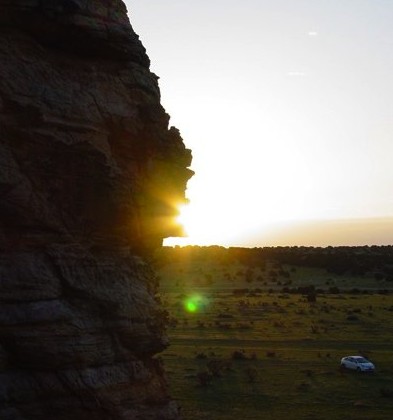For Any Roman Reconstructionists Reading This
Labels: archaeology, Rome
A Pagan Writer's Blog
Labels: archaeology, Rome
Labels: archaeology, Paganism, Wicca, wildlife
Labels: archaeology, Germany
Labels: archaeology, movies, weirdness
Labels: archaeology, England
Labels: archaeology
Labels: archaeology, Paganism, shamanism
Labels: archaeology, Christianity, Greece, Paganism
Labels: archaeology, books, England, Ireland
Labels: archaeology, art, blogging
Labels: archaeology, California, Druids, England, weirdness, Writing
Labels: archaeology, weirdness
Labels: archaeology, England, Witchcraft
Labels: archaeology, weirdness
Labels: archaeology, Celts, England
Labels: archaeology, Celts, England, movies, Witchcraft
Labels: archaeology, Mexico, movies
Labels: archaeology, blogging, Ireland, publishing
Labels: archaeology, Greece, Paganism
Labels: archaeology, blogging, music
Labels: archaeology, Paganism
Labels: archaeology, blogging, Writing
 In the photo, the Beltane Sun (astronomical Beltane--May 5) has recently risen. When it appeared on the horizon, it fit right into the little notch in the rock just below its current position--an alignment that happens only on Beltane and Lammas.
In the photo, the Beltane Sun (astronomical Beltane--May 5) has recently risen. When it appeared on the horizon, it fit right into the little notch in the rock just below its current position--an alignment that happens only on Beltane and Lammas. Left: Martin Brennan viewing the sunrise.
Left: Martin Brennan viewing the sunrise. Labels: archaeology, Colorado, nature religion
Labels: archaeology, Celts, Colorado, Paganism
Labels: archaeology, Celts, Colorado
Labels: archaeology, Paganism
Labels: archaeology, Christianity

Labels: archaeology
Labels: archaeology, England, Paganism
Labels: archaeology, Paganism, Scotland
 Sheela-na-Gigs by Barbara Freitag, (Routledge, 2004) caught my eye at the AAR-SBL bookshow because it promised a thorough, cross-disciplinary methology, if not the answer to the origin of the puzzling carvings on old Irish and English churches.
Sheela-na-Gigs by Barbara Freitag, (Routledge, 2004) caught my eye at the AAR-SBL bookshow because it promised a thorough, cross-disciplinary methology, if not the answer to the origin of the puzzling carvings on old Irish and English churches.Labels: archaeology, Paganism
Labels: archaeology, Mexico
Labels: archaeology

Labels: archaeology, Writing
 I feel as though I've written my guts out today, and then I check and it's only a little more than 2,000 words. My breakfast and lunchtime break reading is Swain Wolfe's The Parrot Trainer, a novel set among Southwestern archaeologists, but definitely not in the Tony Hillerman mode. Wolfe is much more given to "tweaking academic and knee-jerk political correctness," but he knows where the genuine controversies are. And he's read Christy Turner, clearly.
I feel as though I've written my guts out today, and then I check and it's only a little more than 2,000 words. My breakfast and lunchtime break reading is Swain Wolfe's The Parrot Trainer, a novel set among Southwestern archaeologists, but definitely not in the Tony Hillerman mode. Wolfe is much more given to "tweaking academic and knee-jerk political correctness," but he knows where the genuine controversies are. And he's read Christy Turner, clearly.Labels: archaeology, Writing